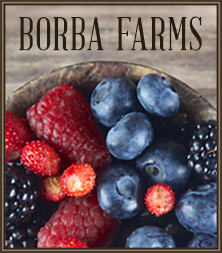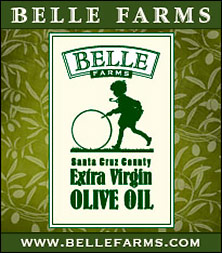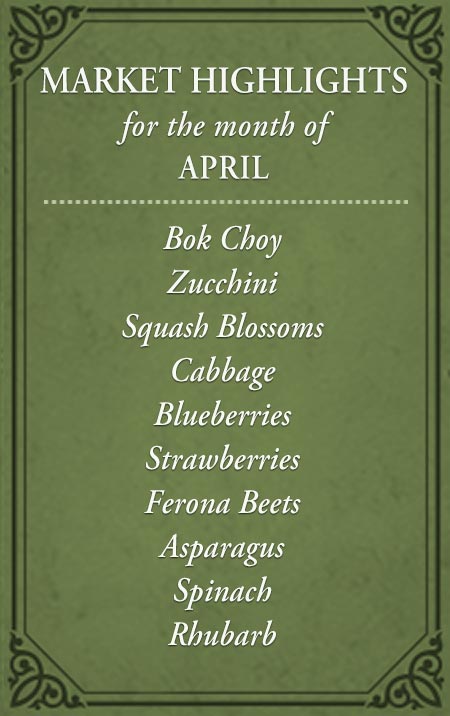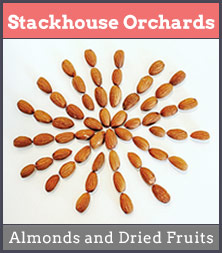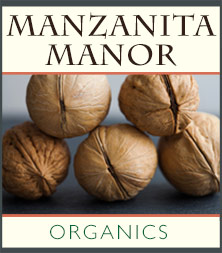A well-made lard pie crust is exceptionally tender, flaky, and crisp—more so than any butter crust—and it resists shrinking even when baked soon after mixing. Lard browns more slowly than butter, making it perfect for pies that require longer baking times. This version, adapted from Rose Levy Beranbaum, uses pastry flour for extra tenderness and incorporates the lard by rolling it into thin flakes for maximum flakiness. Ideal for savory pies and tarts, or any pastry where structure and delicacy are equally important.
INGREDIENTS:
1 1/3 cups pastry flour, plus 4 teaspoons (6.5 ounces) (Note: If using all-purpose flour, reduce the water by 1 teaspoon for added tenderness.)
1/2 teaspoon salt (use 3/8 teaspoon if using rendered caul fat)
1/8 teaspoon baking powder
1/2 cup cold lard (4 ounces, if using commercial lard, use 1/2 cup plus 2 teaspoons)
1/4 cup ice water (2 ounces)
4 teaspoons cider vinegar (0.7 ounce)
2 tablespoons whole wheat pastry flour or wheat flour, approximately
METHOD:
Place a medium mixing bowl in the freezer to chill.
Add the pastry flour, salt, and baking powder to a large resealable freezer bag. Whisk or shake to combine.
Using a melon baller, scoop 1/2–1-inch pieces of lard directly into the flour mixture, shaking the bag occasionally to coat each piece. If the room is warm and the lard softens, chill the bag for 10 minutes. The lard should remain firm but pliable.
Using a rolling pin, roll over the bag to flatten and blend the lard into thin flakes. Transfer the bag to the freezer for at least 30 minutes.
Empty the chilled flour-lard mixture into the cold bowl, scraping the bag well. Sprinkle the ice water and cider vinegar evenly over the mixture. Toss gently with a rubber spatula to distribute moisture without overworking.
Spoon the mixture back into the plastic bag. From the outside of the bag, knead by pressing with your knuckles and the heels of your hands until the dough holds together and feels slightly stretchy. (If using caul fat, the dough may already come together easily; shape it lightly on plastic wrap instead.)
Sprinkle both sides of the dough lightly with whole wheat flour. Wrap tightly in plastic wrap and press into a disc. Refrigerate for at least 45 minutes, ideally overnight, before rolling.
Refrigerate for up to 3 days or freeze for up to 3 months.
CHEF’S NOTES:
- Lard crusts are especially good for savory pies—pork, chicken, vegetable, empanadas, and hand pies.
- Pastry flour provides optimal tenderness, but all-purpose flour works well with slightly reduced liquid.
- Rolling out the dough on whole wheat flour adds subtle flavor and texture that complements lard beautifully.
YIELD: Makes one single 9–10 inch pie crust (or two smaller tart shells)
SOURCE: The Pie & Pastry Bible (1998), Rose Levy Beranbaum, Scribner







